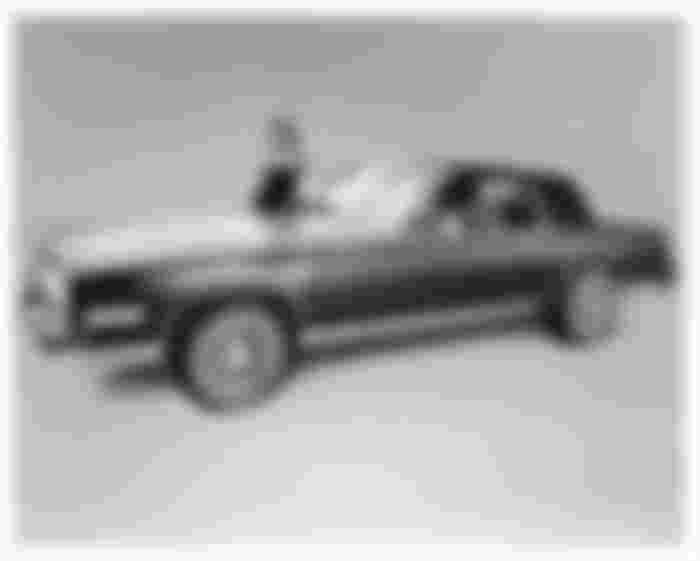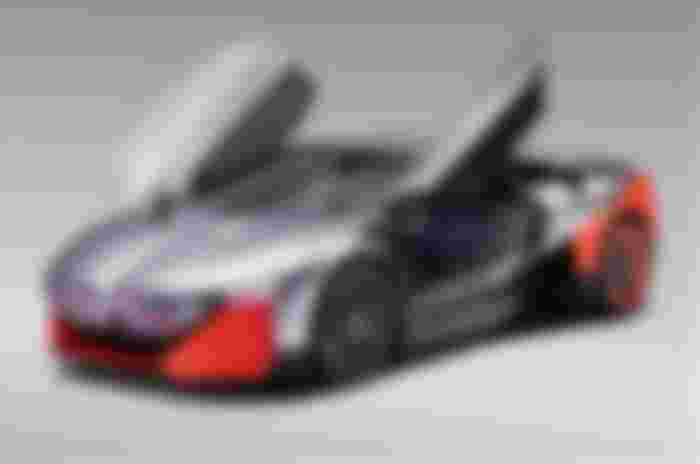Once upon a time, the cars that are now classic took center stage. Today, it's not just vintage cars that are in the spotlight. From Bentleys to Maserati, classic cars are growing into an absolute luxury, that future generations will not be able to comprehend.
As cars have evolved from the vehicles, that Henry Ford put on the front lawn to the vehicles we see today, they have advanced in a variety of ways. From mechanical parts, to the type of vehicle, to the fuel source. Today, cars can be used as transporters to take passengers from one place to another, as the power source for a home, as a cargo tractor, as a highway interrupter, as a technology to help people drink less, as a trend to take passengers.
Modernism is always evolving, but there is no more defined series of changes, than the one that defined the cars of the 1800s to the present day. The move to more modern cars represented a change in not just the way they looked, but the way they were engineered. This article is about how they changed, and about the older cars that still survive today.

The main idea behind the car was to make travelling easier. The first cars appeared at the end of the 19th century, but until the end of World War I only localized areas were accessible by road. The car allowed for the first time the possibility of long distance travel. Of course, the first cars were very different to the cars of today. They were slow, heavy and didn't have many safety features at all. It was only after the introduction of the horseless carriage, that cars really started evolving.
The car industry took for granted for the most part, that cars would always be a part of modern society. As a result, car companies started making various changes to accommodate the needs of the driving public. Seating positions, materials, safety features, dimensions and performance all changed. The changes were so frequent, that it became difficult to recognize certain cars from different decades as they changed so much.
Cars in the modern day have evolved in a similar way. The types of cars, dimensions and performance have changed rapidly in the past few decades. The types of cars available have changed drastically, from the simple carriages of the 1800s to the ultra-lightweight, high powered sports cars of today.
Introduction To Vintage Cars

Cars have existed for over a century, but they only became widely used in the second half of the 20th century. Before the 20th century, cars (then called horseless carriages) were used on a limited basis. They were expensive and large with not many people wealthy enough to own one. In the 1800s, improvements in technology allowed for the manufacture of more affordable and smaller cars. The first car companies appeared around this time. It was not until the outbreak of World War I that cars began to appear on a large scale. Cars were used by the military to supply soldiers and supply across the globe. After the war, car use became more common place and by the 1920s, more than a quarter of households in the Western world had a car.
During the 1920s and 1930s, the car industry experienced a "baby boom". People wanted cars for all sorts of reasons such as convenience, mobility, safety and the desire to explore. The car industry responded with a series of new types of cars including the "vintage" car, the "touring" car and the "cruiser" car. The term "vintage" referred to cars, that were manufactured before 1918, "touring" cars were the cheapest cars on the market and were aimed at young couples with children and "cruiser" cars were large cars for families, friends and businesses. The 1950s saw the beginning of the end for the classic car.
Major Changes In The History Of Luxury Cars
In the 1950s, most cars were manufactured on a very basic level and had a lot of limitations. These limitations included safety, performance, safety features and car design. Many car designs from that time still survive, such as the Mini and the Volkswagen Beetle.
In the 1960s and 1970s, more and more safety features were added to cars to increase their popularity and practicality. In order to make these changes, car companies had to make drastic changes to their cars, such as removing seats and the gear stick. This led to the development of the modern day sports car and sedan.
The rise in popularity of the safety features led to a decrease in demand for performance cars. Car companies responded by developing more practical cars for families with children, such as the Ford Pinto and the Lincoln Continental. These cars went on to become some of the best selling cars in history and were the first cars to be referred to as "sportsters".

The term "luxury car" was created during this time. During the 1970s and 1980s, car companies focused heavily on safety features and luxury features, which can be seen with the Mercedes Benz 300 SL and the Cadillac Cachet. The concept of a "luxury" car was created to distinguish the more luxurious and high-end cars from other vehicles on the market.

The 1990s brought a major change in the motor industry. New safety regulations were implemented across the globe, mainly focusing on how cars are tested. This brought about many changes to the design of cars. Car companies started to add such features as anti-lock brakes, side airbags, crumple zones and seatbelts to their vehicles. At the same time, the market became flooded with cheap, mass-produced cars. To differentiate their vehicles, car companies now focused on features such as comfort, ride and design.
Dividing The Market
Despite all these changes in the market, there were still four major groups of cars.
Performance cars: Performance cars are vehicles that emphasize speed, handling and power.
Sports cars: Sport cars are high-performance cars, typically with a lower ride height, light weight and insufficient roof over the driver and passenger compartment.
Coupes: Coupes are a type of cars, that features a single, continuous roof. Typically coupes have a more upright seating position and a smaller trunk, than a sedan, but otherwise share many styling cues.
Luxury cars: Luxury cars are a wider term, that encompasses sedans, hatchbacks and minivans as well as performance, sports and coupes, but is typically synonymous with these last three.
Modern World Of Luxury Cars
This shift in car industry focused on making cars, that were both safe and luxurious. Companies such as Mercedes-Benz and Jaguar made a name for themselves by designing vehicles, that were luxurious, but also safe.
Today, luxury cars tend to be expensive, but they also tend to have better safety features and reliability. Many luxury vehicles feature a six-speed manual transmission and lightweight materials. These vehicles are designed to handle like a smaller, more luxurious sports car, but also allow for safer long-distance driving.
While sports cars tend to feature rear-mounted engines, front-wheel drive and a suspension, that all maximize grip, luxury cars may feature front or all wheel drive, independent suspensions or no suspension at all. The engines may be large, but are often of a type, that is common across many vehicles, such as an inline six-cylinder. Many luxury cars also feature hybrid versions.
Luxury cars are typically identified by their price. While some vehicles may feature luxury trim at small extra cost, cars with the highest level of luxury will cost significantly more, than regular vehicles of similar size and power. In many countries around the world, the term "supercar" is used to differentiate the most luxurious vehicles from the fastest and most powerful vehicles.

Modern supercars are typically identified by their power output, rather than their size or luxury features. A supercar may have a significantly smaller engine, than its super luxury peers, but may be identified by its V8 engine, which is significantly more powerful, than those of its less expensive competitors.
Thank you for reading. Until next time.

Lead image source: https://www.tunnelram.net/news-blog/2020/5/4/personal-luxury-cars-1958-1978-5txbg







This article offers an insightful exploration of how cars have transformed over time, from the early days of horseless carriages to today’s luxurious models. It’s fascinating to see the role classic cars play as a symbol of status and heritage. Many enthusiasts now look to vehicle auctions online at https://www.salvagereseller.com/en as a way to find rare and vintage models, which might otherwise be hard to come by. The accessibility of these platforms allows collectors to discover unique vehicles, continuing the legacy of automotive innovation across generations.